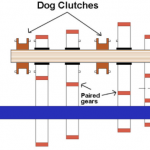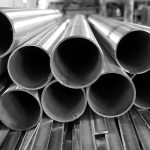Based on a triangular shape, a truss tower is a structure designed to support heavy loads. Steel truss towers provide the large majority of tower installs today. Many years ago wood truss towers saw common use but have since been surpassed by their steel counterparts.
In this article, you will learn what a trussed tower is, trussed tower applications, and the differences between a trussed tower and a lattice framework.
What Is A Trussed Tower?
A trussed tower is a freestanding vertical structure used to support heavy loads. The building traditionally has three sides. In some cases and applications, there are four sides. Compared to other support structures, a trussed tower needs fewer materials to carry heavy loads. It thus makes for an efficient and practical choice for engineers.
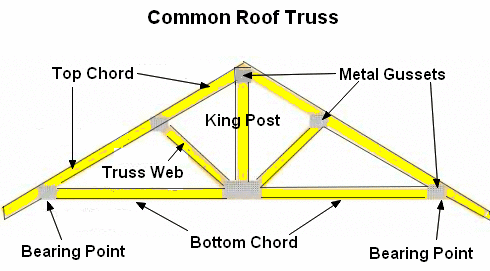
There are three essential elements of a trussed tower. These are the lower horizontal chord, the upper horizontal chord, and the bracing between the chords. The lower flat and upper horizontal chords carry tension and compression, respectively. The bracing opposes shear force. The truss web provides sloped and vertical segments that connect the chords. Additionally, the chords also stabilize each other.
Trussed Tower Applications
Different applications have different designs and standards. This difference lies in weight load capacity and environmental factors.
Electrical Transmission Towers
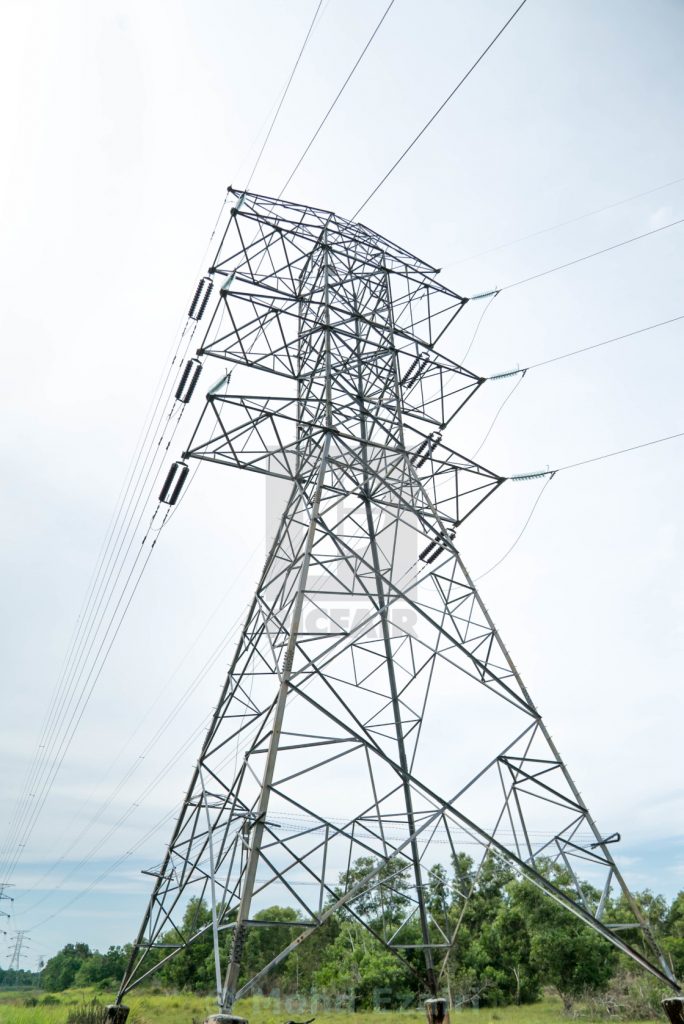
A transmission tower, also known as an electricity pylon, is a tall structure that supports an overhead power line. The more cost application is high-voltage transmission lines that transfer bulk electric power from producing units to electrical substations. These towers come in a wide variety of shapes and sizes. Typical height ranges from 15 to 55 m (49 to 180 ft). In addition to steel, other materials such as concrete and wood may be employed.
Lower-voltage sub-transmission and distribution lines that transmit power from substations to electric customers usually use traditional circular utility poles constructed from wood.
Broadcast Towers

Broadcast towers transmit a variety of communication services, such as radio and television. The building either operates as an antenna itself or supports one or more antennas, including microwave dishes, on its framework.
These antennas emit radiofrequency (RF) electromagnetic energy (EME). Television and radio transmission towers are among the world’s highest and most vulnerable structures, reaching heights of up to 2,000 feet (609.60 meters). As such particular concern should be paid to the engineering design. Due to cyclic loading, fatigue failure, may present significant concerns.
Construction

Trussed towers and the strength benefits brought on by the reinforced truss design allow for strong benefits in dynamic load scenarios. For instance, consider the construction industry. All large-scale industrial cranes use a trussed tower as a base.
The trussed tower allows for easy handling of cantilevered loads and provides strong resistance to high winds. The trussed tower advantage becomes amplified in crane applications as members connect via pin joints. This ensures that no internal shear and moment forces. Forces apply axially only.
Entertainment and Exhibits

While not typically thought of as a structural application, trussed towers provide strength and functionality for temporary scaffolding and support. A good example of temporary applications includes tradeshows and temporary staging.
Also, a truss is an excellent means of supporting items in the air and has the flexibility to take the form of many ability sizes and shapes.
Differences Between A Trussed Tower And A Lattice Framework
A trussed tower, made of a web of triangles, uniformly distributes weight and shifts strain and compression without bending or shearing. The triangle is geometrically stable when contrasted to a four-sided design, which requires the corner joints to fasten to prevent shearing.
A lattice framework allows for individual members to take on shear, bending, and torsion loads. Thus, it provides a more appropriate design for complex loading scenarios or where individual members see unique stress loading.
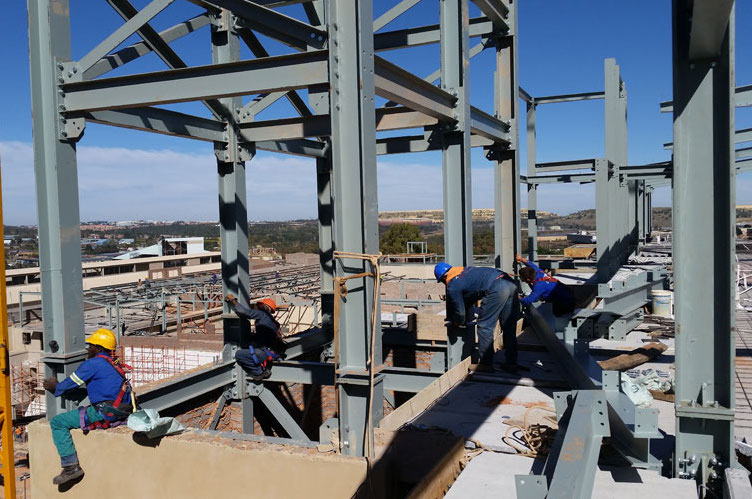
Both the lattice framework and its tower counterpart are subject to design codes put forth by the American Society of Engineers in ASCE 7-05. The application of these codes tends to create confusion amongst even the most seasoned engineers. Thus, it is recommended to consult local building codes and client specifications. When in doubt, engineers should make the most conservative assumptions.
